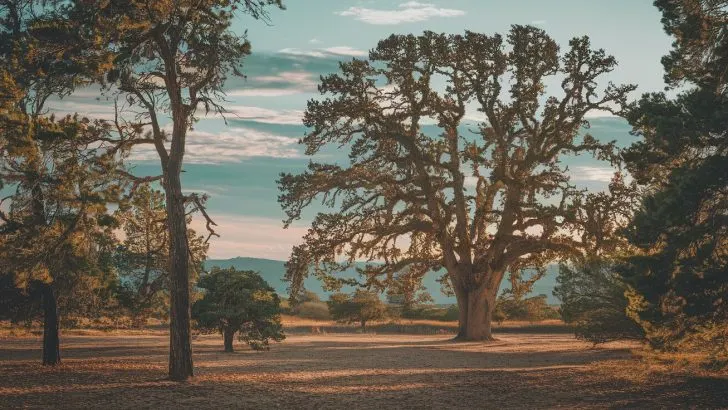Some plants do more than just grow—they carry stories, protect spirits, and heal the soul. For Native American cultures, certain plants hold deep spiritual meaning, woven into rituals, medicine, and everyday life.
Sage isn’t just for smudging. Cedar isn’t just a tree. Tobacco, sweetgrass, and dozens of others aren’t just plants—they’re sacred. Each one has a purpose, whether it’s cleansing energy, offering protection, or connecting with ancestors.
These traditions aren’t relics of the past. They live on, passed through generations, still honored, still powerful. The wisdom of these plants isn’t lost—it’s waiting for those who listen.
Here are 20 plants that have shaped Native American spiritual practices, each carrying a story of resilience, respect, and connection to the earth.
Sweetgrass
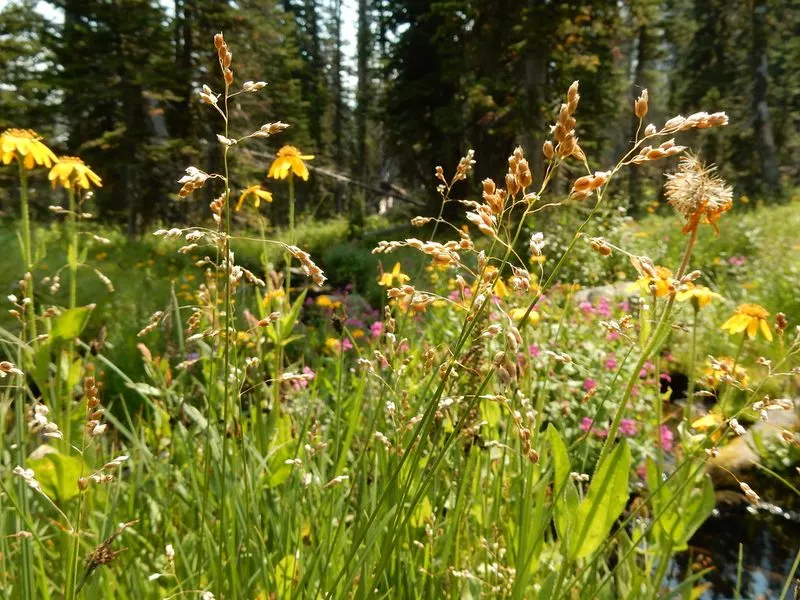
Known as the sacred hair of Mother Earth, sweetgrass isn’t just a plant—it’s an aromatic embrace, a gentle reminder of nature’s sweetness. Imagine a meadow where the air dances with a vanilla-like fragrance, wrapping around you like a mother’s hug.
It’s velvety strands, often braided, are burned in ceremonies to invite positive energies. In Native American traditions, sweetgrass is a purifying force, a bridge between the spiritual and physical worlds.
Its scent lingers, a soft, persistent echo of peace. To touch sweetgrass is to touch the earth’s tender soul, a link to ancient wisdom.
Sage
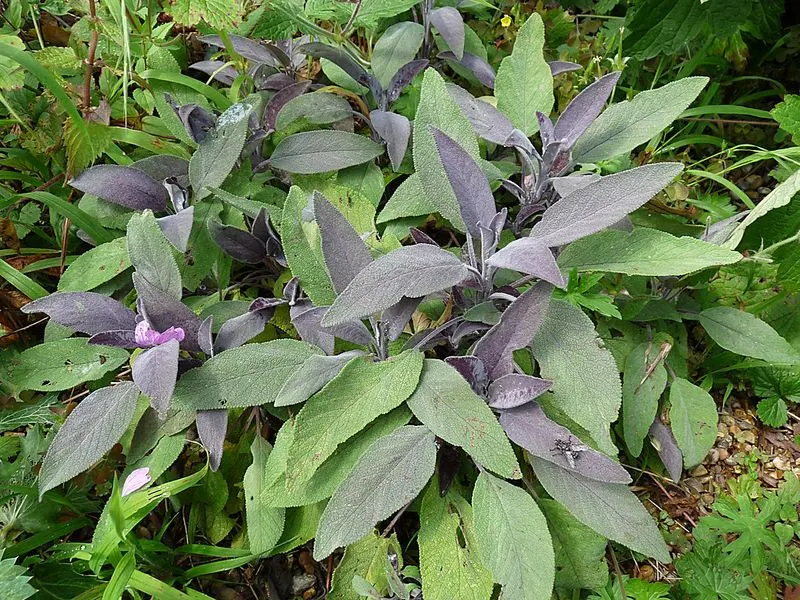
Sage doesn’t just cleanse spaces—it unveils hidden dimensions, sweeping away negativity with its pungent smoke. Picture a desert wind carrying the scent of sage, a fragrance as old as time itself.
With each wafting plume, it purifies the air, transforming mundane spaces into sanctuaries of serenity. In Native ceremonies, sage is the fierce guardian, banishing dark entities and invoking clarity.
It’s not just an herb—it’s a protector with a silvery-green armor. Holding sage is holding a warrior’s spirit, a testament to the enduring power of tradition and spiritual tenacity.
Cedar
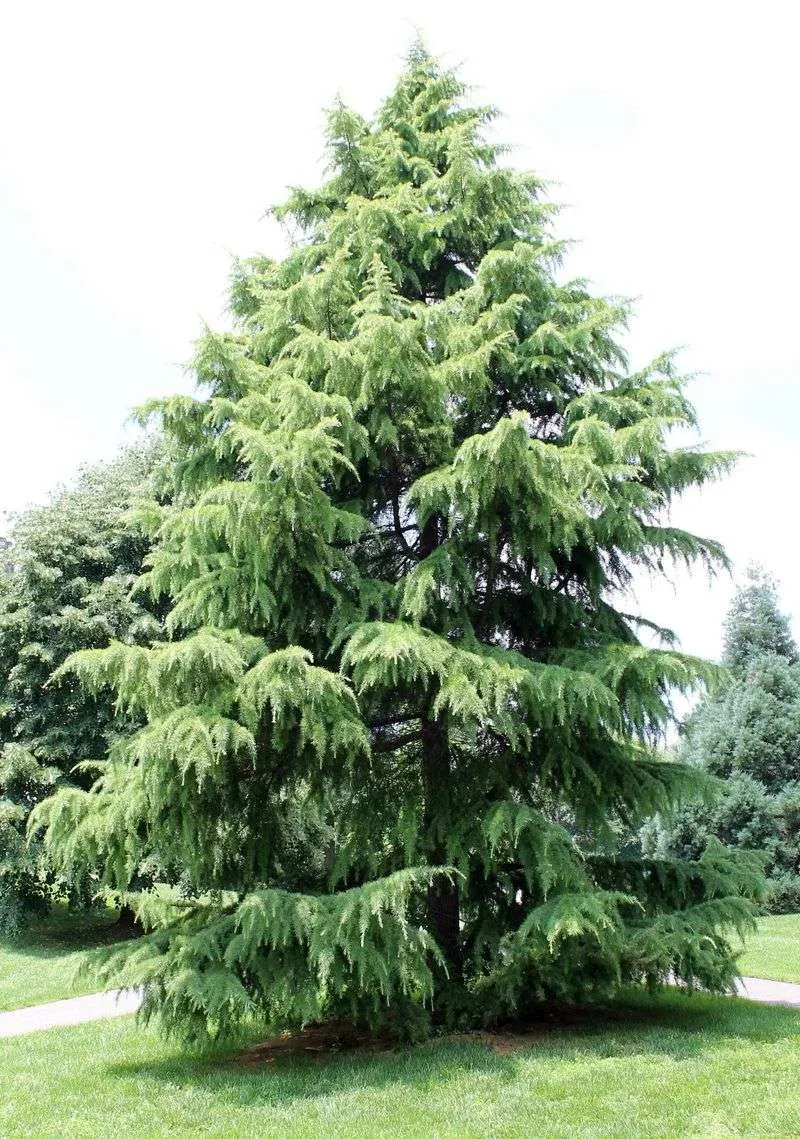
Cedar stands not as a tree, but as a sentinel of wisdom, its fragrance a call to the ancestral spirits. Visualize an ancient forest, where the air is thick with mystery and the scent of cedar weaves through the trees like a sacred hymn.
Cedar branches are used in purification rituals, their essence believed to drive away evil spirits. Among Native tribes, cedar is a symbol of protection and strength, its wood used to craft canoes and dwellings.
Embrace cedar, and you embrace the timeless stories of the earth—a living testament to resilience and sacred connection.
Tobacco
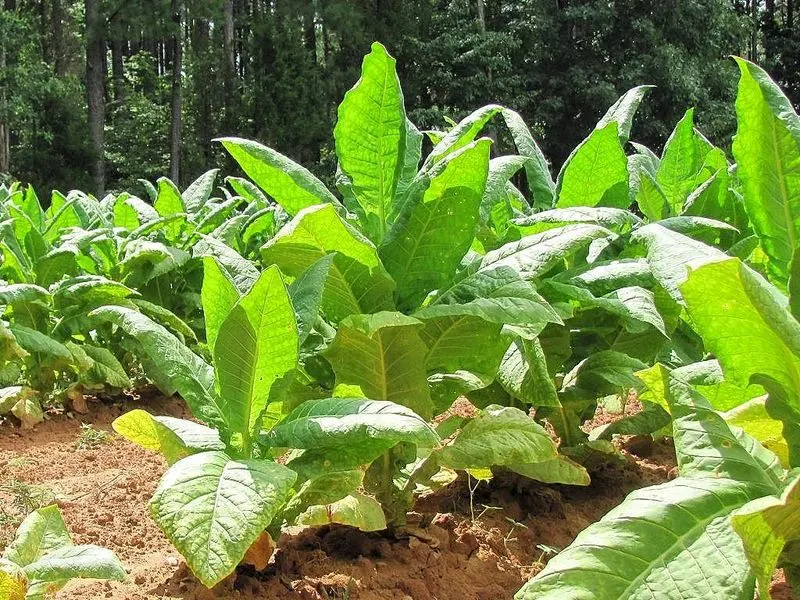
Tobacco is more than a plant; it’s a sacred gift, a conduit for prayers sent skyward. Envision fields where tobacco leaves sway under the sun, each leaf a vessel of spiritual intent.
In Native traditions, tobacco is offered to the spirits, its smoke carrying messages to the divine. It’s not about smoking; it’s about connecting, honoring the balance of life through ceremonial use.
Holding tobacco is holding a sacred dialogue, a pact with the cosmos. It’s a reminder that every breath is part of a greater spiritual symphony, resonating with gratitude and reverence.
Corn
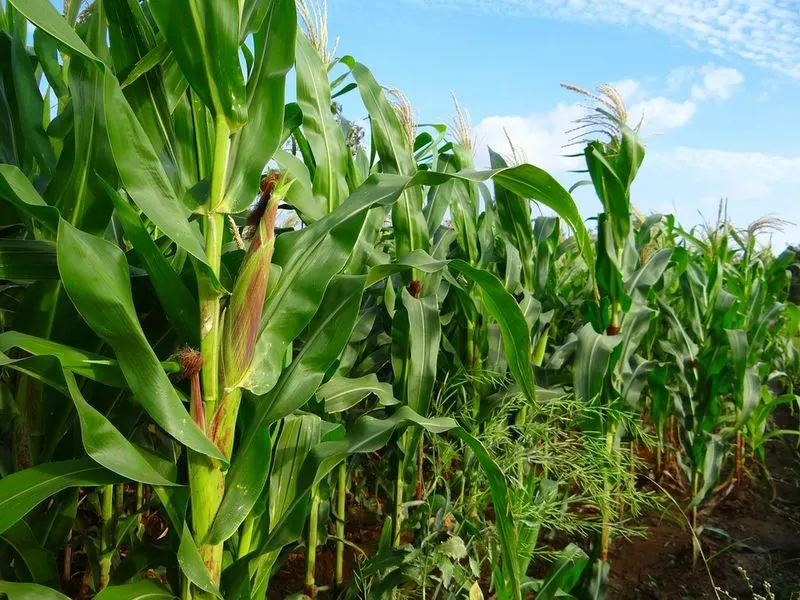
Corn doesn’t just feed the body—it nourishes the spirit, a golden symbol of life’s sustenance and generosity. Picture fields bathed in sunlight, where stalks of corn whisper secrets of the harvest.
For Native Americans, corn is a sacred entity, a mother that provides without asking. Its kernels are life’s jewels, embodying abundance and fertility.
In ceremonies, cornmeal is often used as an offering, a gesture of reverence to the earth. Embrace corn, and you embrace a legacy of nurturing, a promise of sustenance that transcends mere survival, echoing the cycles of life and renewal.
Blueberry
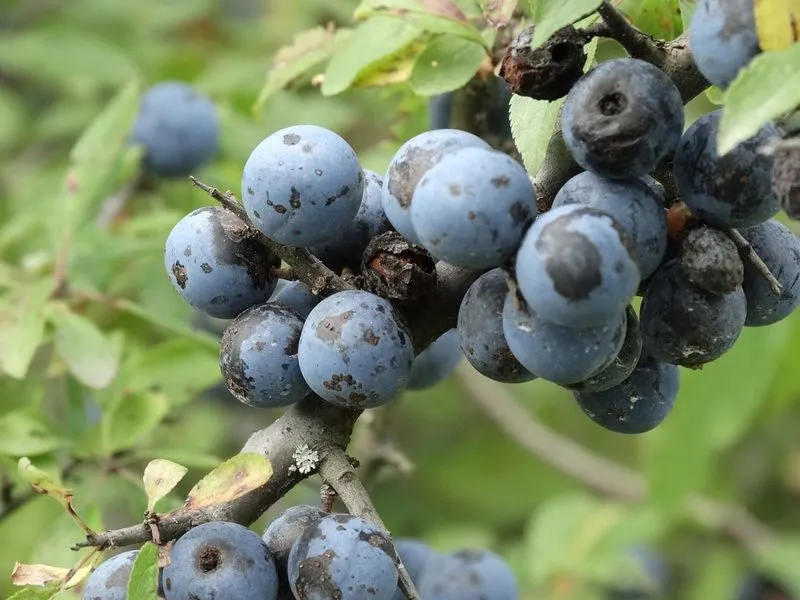
Blueberries are more than just tiny fruits—they are nature’s storytellers, bursting with the flavor of the wild. Picture a quiet forest glade, where wild blueberries peek through green foliage, their presence a testament to resilience.
For Native tribes, blueberries symbolize peace and protection, often used in medicinal practices. Each berry is a burst of sweet-tart wisdom, a reminder of nature’s bounty.
To savor a blueberry is to taste the land’s legacy, a journey into the heart of the forest. In every handful, there’s a whisper of balance, a harmony crafted by ancient hands.
Yarrow
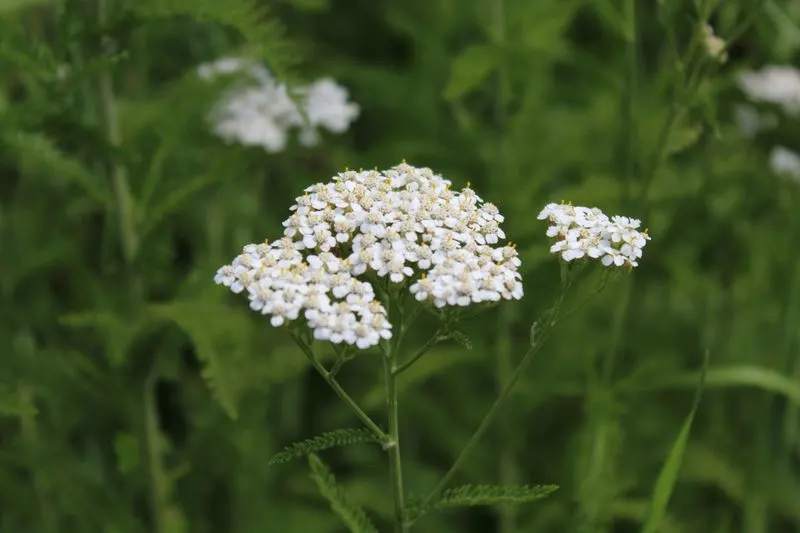
Yarrow isn’t just a wildflower—it’s a healer, a guardian of the body, cherished for its medicinal prowess. Imagine fields where yarrow flowers bask under an open sky, their feathery leaves whispering secrets to the wind.
In Native healing traditions, yarrow is the go-to for wounds, a testament to nature’s pharmacy. It’s more than just a plant; it’s a green ally, ever-ready to mend and protect.
Touch yarrow, and you touch the essence of resilience—a timeless healer grounded in earth’s wisdom. It stands as a reminder that nature’s touch is gentle, yet profoundly powerful.
Juniper
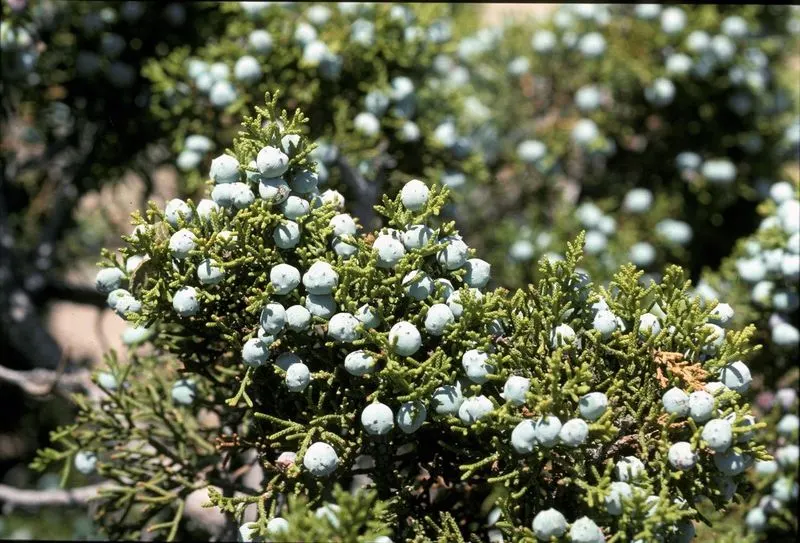
Juniper is not just an evergreen—it’s a fierce guardian, standing resilient in harsh landscapes. Picture juniper berries nestled among needle-like leaves, their blue hues stark against a rugged backdrop.
In Native American lore, juniper wards off evil, its smoke a purifying force in rituals. It’s not just about protection; it’s about standing firm in adversity.
Holding juniper is holding a shield crafted by nature, a testament to enduring strength. Its presence is a reminder that in the harshest conditions, there is protection and a quiet, steadfast resilience that whispers of ancient guardianship.
Willow
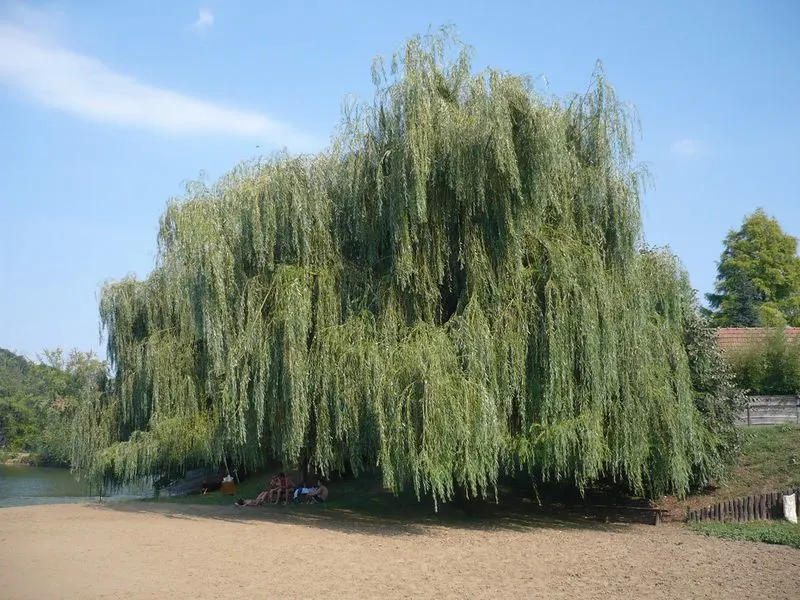
Willow doesn’t just bend with the wind—it dances, a graceful symbol of adaptability and healing. Envision a weeping willow by a river, its branches swaying in a gentle breeze, touching the water with an elegant caress.
In Native traditions, willow is revered for its healing properties, its bark a natural remedy for pain. It’s not just a tree; it’s a living testament to resilience and flexibility.
Embrace willow, and you embrace a spirit that transforms challenges into elegance, a gentle reminder that strength often lies in the ability to yield and renew.
Cattail
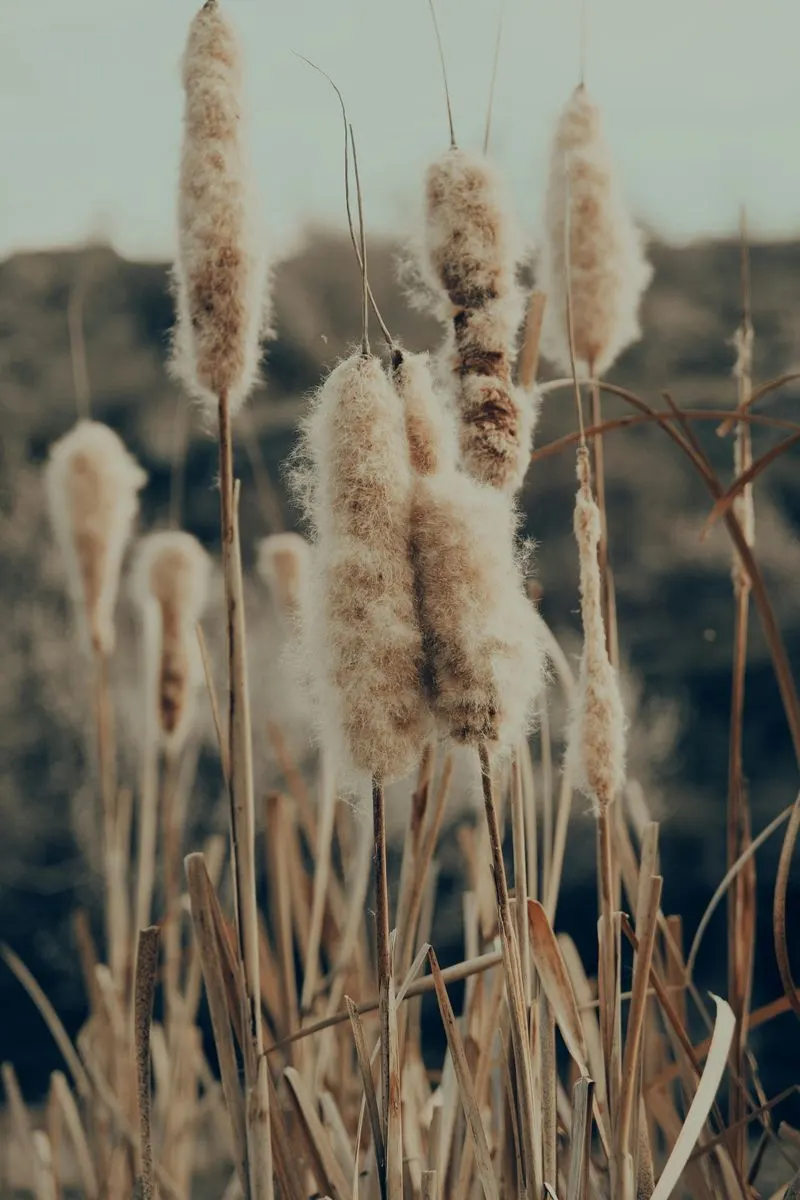
Cattails aren’t just reeds—they are the marshlands’ lifeline, a versatile symbol of resourcefulness. Picture a lakeside where cattails stand tall, their brown heads dancing in the breeze.
For Native tribes, cattails provided everything from food to material for mats and baskets. They’re not just plants; they’re providers, turning wetlands into havens of sustenance.
To see cattails is to witness adaptability, a resourcefulness that mirrors nature’s ingenuity. Embrace cattails, and you embrace a legacy of creativity and survival—a reminder that the most unassuming plants can hold the greatest value.
Mint
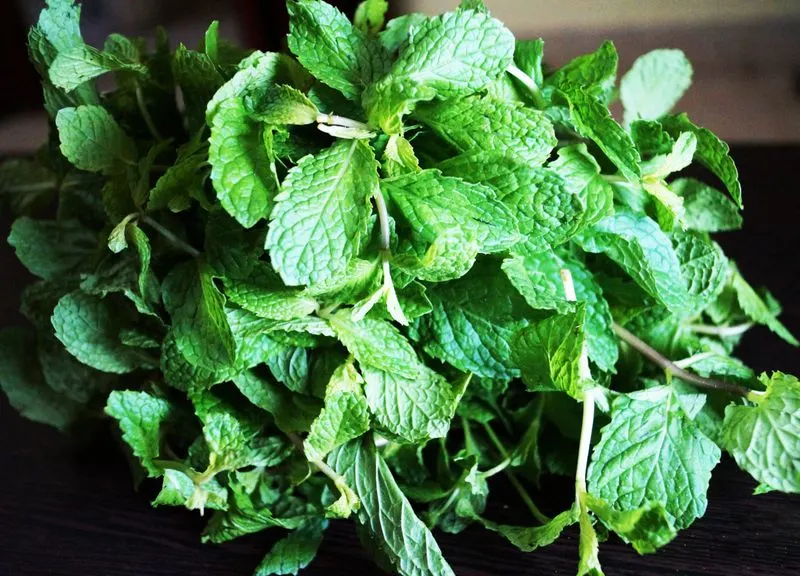
Mint isn’t just a flavor—it’s a breath of fresh air, a rejuvenating spirit captured in every leaf. Imagine mint leaves glistening in the sun, their fragrance as invigorating as a cool breeze on a warm day.
In Native medicine, mint is a healer, soothing ailments with its refreshing touch. It’s not just a herb; it’s a revitalizer, a reminder of nature’s power to refresh and renew.
To crush mint between your fingers is to release a burst of life—a testament to the vibrant, untamed spirit of the earth. Mint’s presence is a promise of rejuvenation and clarity.
Sunflower
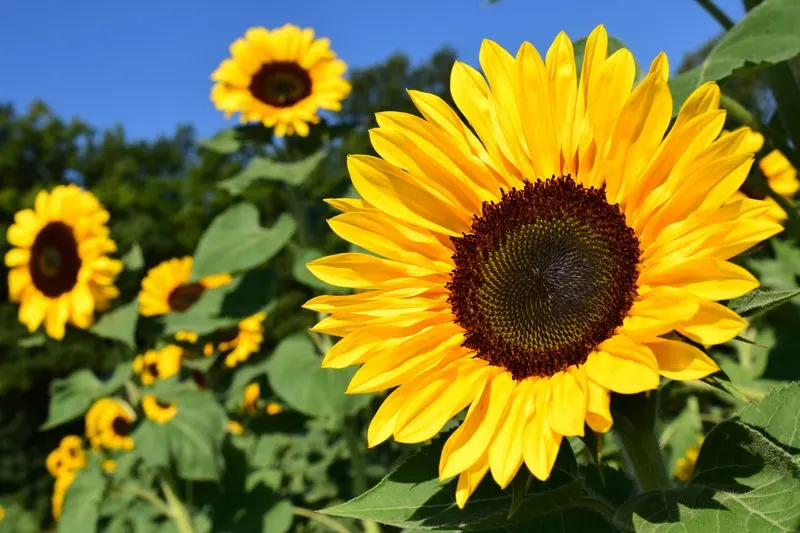
Sunflowers aren’t just flowers—they’re nature’s sun worshippers, standing tall as symbols of loyalty and adoration. Imagine a field where sunflowers turn their faces to the sun, golden petals glowing with warmth.
For Native Americans, sunflowers are more than just beauty; they’re a source of nourishment, their seeds offering sustenance. They stand as an emblem of trust—always reaching for the light, unwavering.
Embrace sunflowers, and you embrace a radiant optimism, a reminder of the sun’s eternal promise. They are the earth’s golden warriors, ever hopeful, ever reaching towards the sky with unwavering faith.
Strawberry
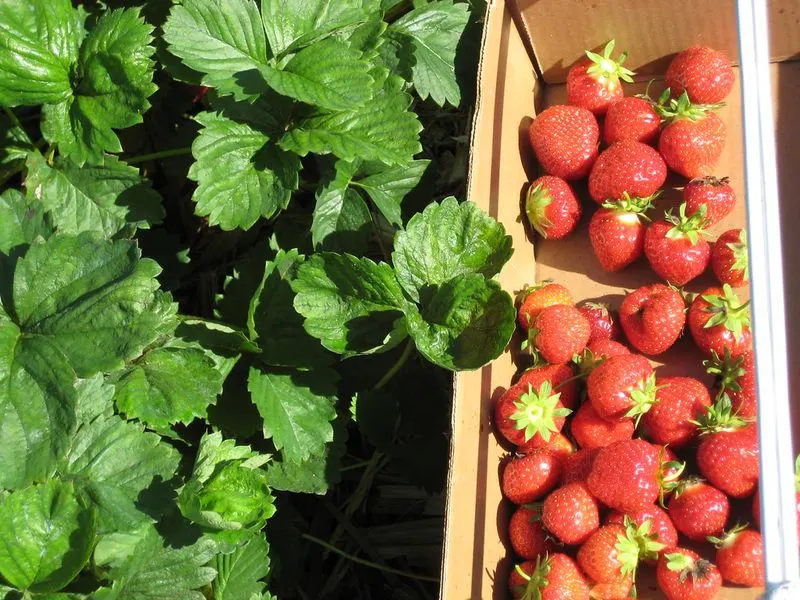
Strawberries aren’t just fruits—they’re heart-shaped harbingers of sweetness and love, each berry a vibrant promise of life’s joys. Envision strawberries glistening with dew, their redness a vivid contrast against green leaves.
In Native American lore, strawberries are pure, a symbol of renewal and relationships. They’re not just berries; they’re reminders of life’s simple pleasures.
To taste a strawberry is to embrace the earth’s tender love, a sweet echo of harmony and growth. Embrace strawberries, and you embrace a connection to the land—a delicious testament to nature’s enduring affection and purity.
Wild Rose
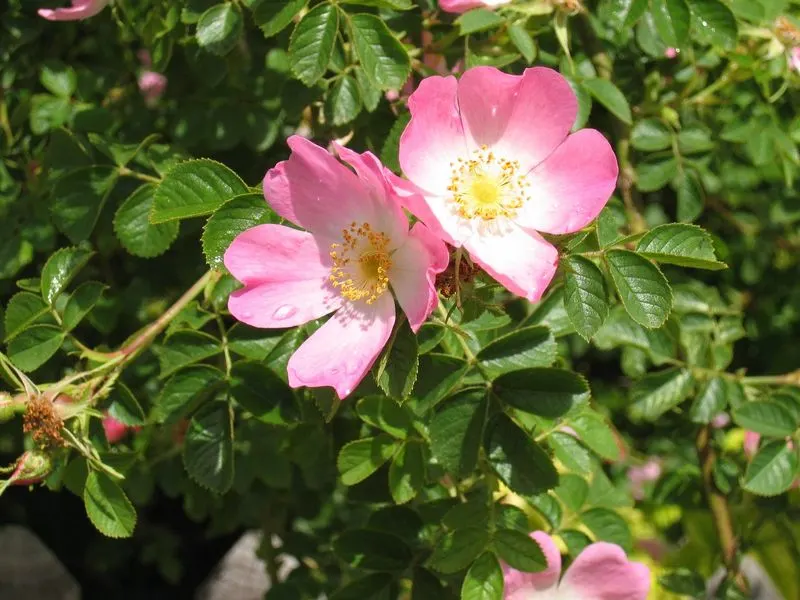
Wild roses aren’t just flowers—they’re the wilderness’ poetry, blooming with untamed elegance. Picture a wild rose nestled among thorns, its pink petals defying the harshness around it.
For Native Americans, wild roses represent balance—the beauty of life amidst adversity. They’re not just about fragrance; they’re about resilience.
To hold a wild rose is to embrace life’s contradictions, a dance between softness and strength. It’s a reminder that beauty can thrive in the wildest places, a testament to nature’s intricate balance.
Embrace wild roses, and you embrace a legacy of natural grace.
Cranberry
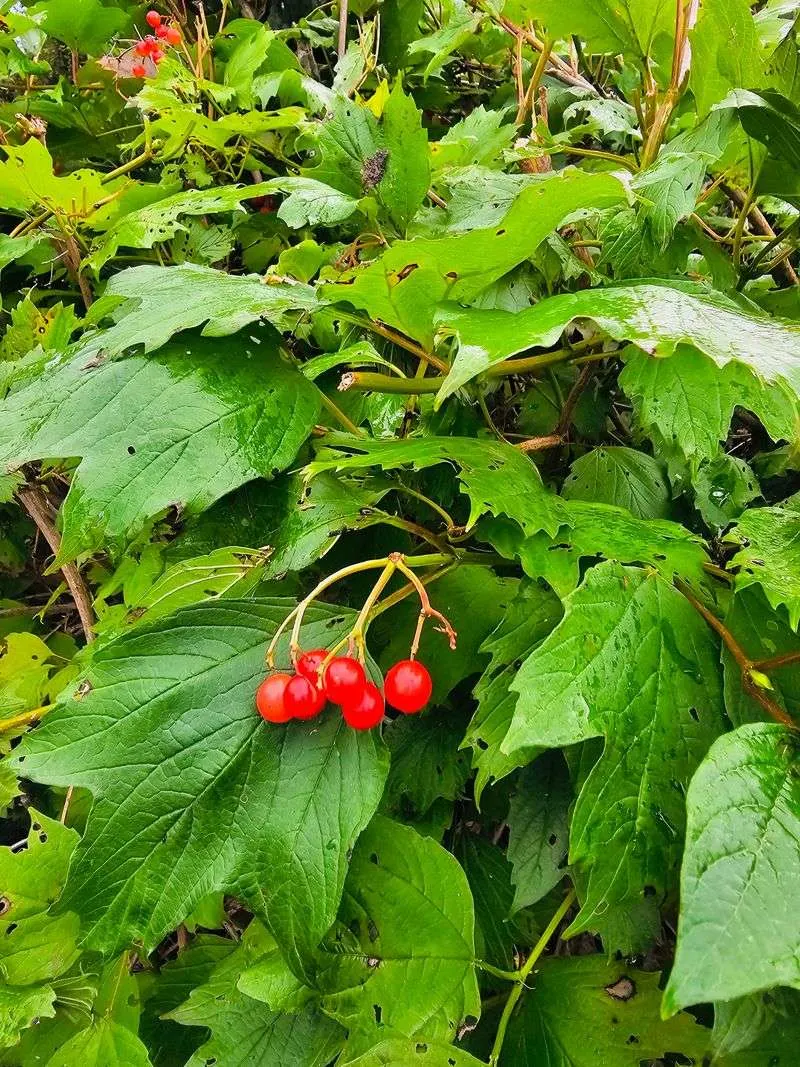
Cranberries aren’t just berries—they’re the earth’s rubies, packed with tart vigor and healing power. Picture cranberries bobbing in a bog, their redness a vivid contrast to the surrounding foliage.
In Native American tradition, cranberries are healers, used for both food and medicine. They’re not just harvests; they’re nature’s antidotes, brimming with vitality.
To taste a cranberry is to taste the land’s cure, a burst of wellness wrapped in tartness. Embrace cranberries, and you embrace a rich heritage of healing and sustenance—proof of nature’s generosity and the earth’s nurturing embrace.
Elderberry
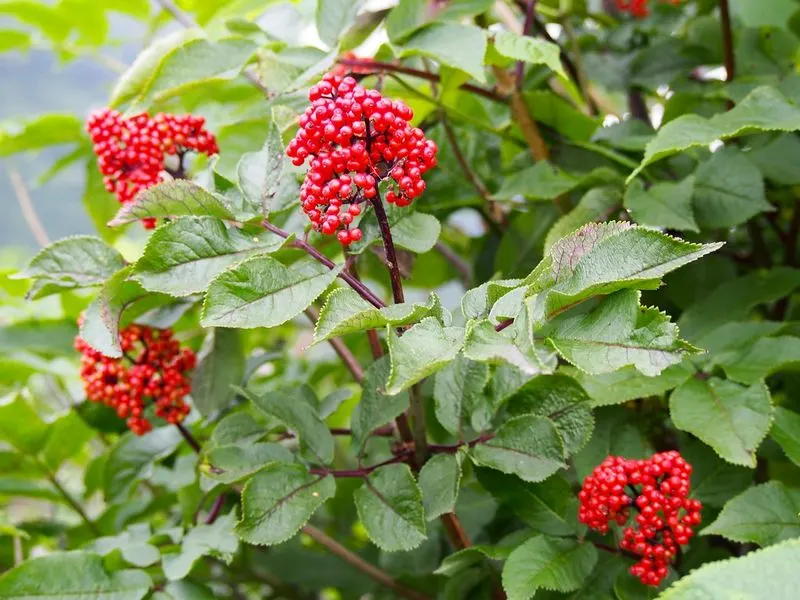
Elderberries aren’t just berries—they’re the forest’s dark jewels, whispering secrets of healing and protection. Imagine clusters of elderberries hanging heavy on branches, their purple depths hinting at mysteries.
In Native lore, elderberries are potent healers, their essence used to ward off illness. They’re more than fruits; they’re shields, offering a defense crafted by nature.
To hold elderberries is to hold a piece of the forest’s wisdom, a promise of health and safety. Embrace elderberries, and you embrace a legacy of healing, a testament to the quiet power of nature’s protection and care.
Blackberry
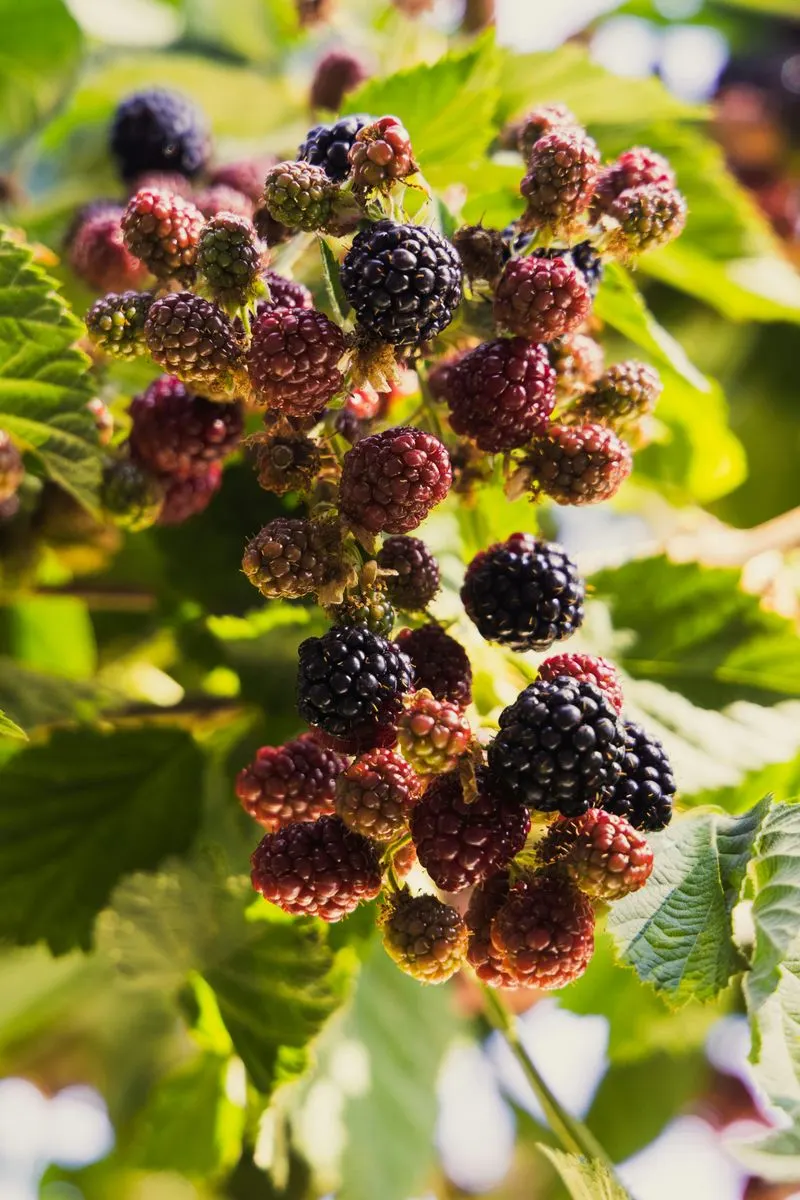
Blackberries aren’t just berries—they’re nature’s sweet challenge, hidden behind thorny defenses. Picture blackberries clustered on a vine, their dark hue a stark contrast to green leaves.
For Native tribes, blackberries are symbols of harvest and perseverance, their sweetness earned through patience. They’re not just fruits; they’re lessons in resilience.
To taste a blackberry is to savor the reward of nature’s complexity, a sweet testament to the balance of adversity and abundance. Embrace blackberries, and you embrace a narrative of endurance—a delicious reminder that the best things in life are worth reaching for.
Birch
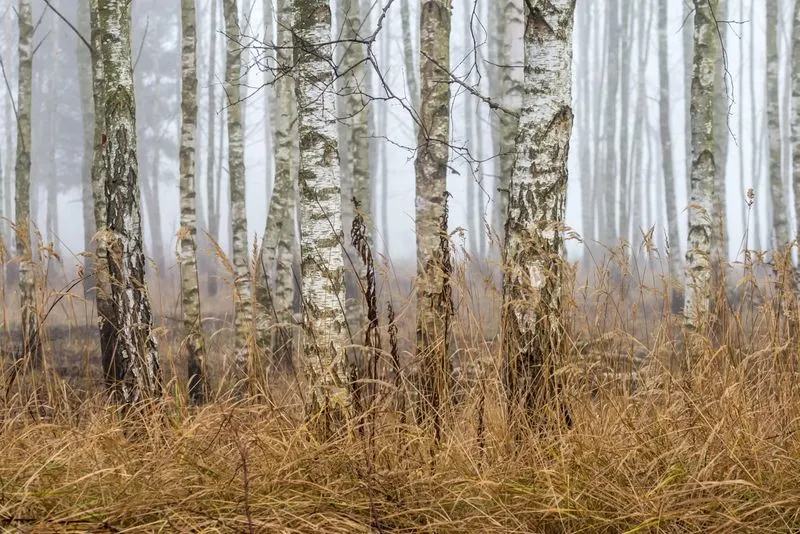
Birch trees aren’t just trees—they’re the forest’s storytellers, their white bark a canvas of ancient tales. Picture a grove of birch, their leaves whispering in the wind, trunks gleaming like silver in the sunlight.
In Native traditions, birch is a symbol of renewal and protection, its wood used for crafting and storytelling. It’s not just about the wood; it’s about the wisdom etched in every ring.
To touch birch is to connect with the land’s history, a living archive of resilience. Embrace birch, and you embrace a legacy of natural wisdom and renewal.
Mullein
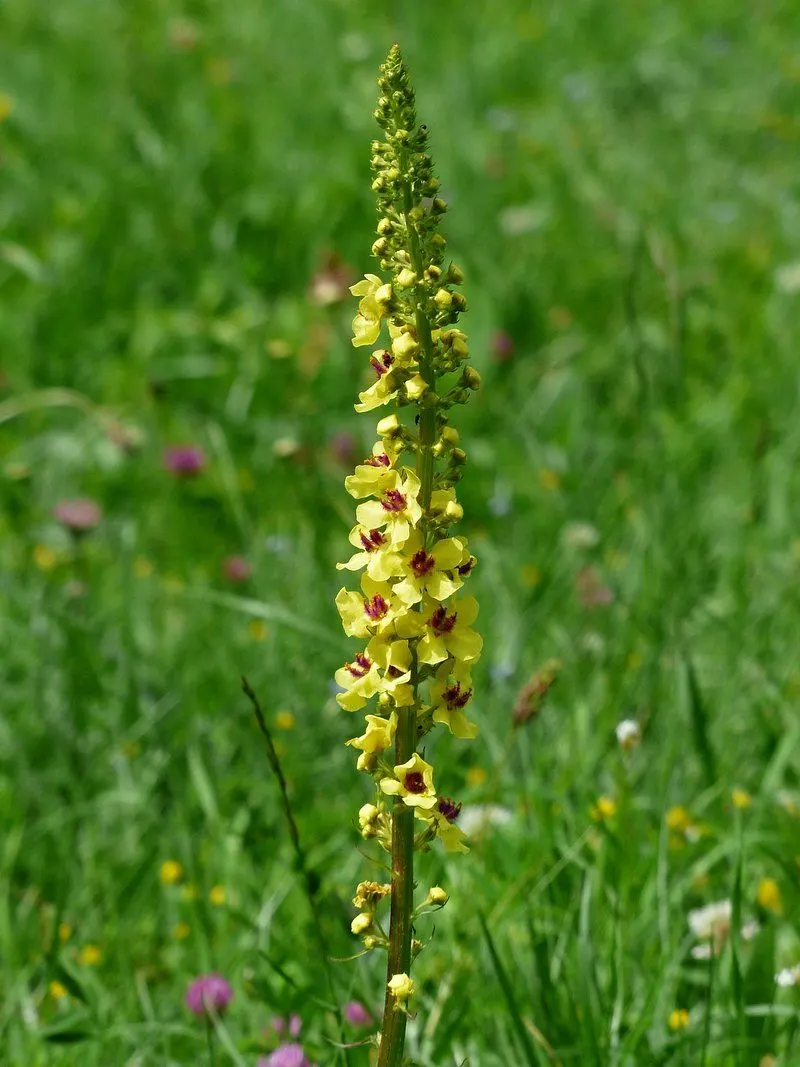
Mullein isn’t just a weed—it’s the healer of the wild, standing tall as a symbol of resilience. Imagine mullein’s towering stalks, crowned with yellow flowers, swaying in a gentle breeze.
For Native Americans, mullein is a medicinal ally, its leaves used to soothe and heal. It’s more than just a plant; it’s a testament to nature’s pharmacy, offering remedies in the most unexpected places.
To see mullein is to witness the earth’s commitment to healing, a steadfast promise of care. Embrace mullein, and you embrace a legacy of resilience, a living tribute to nature’s enduring compassion.
Thyme
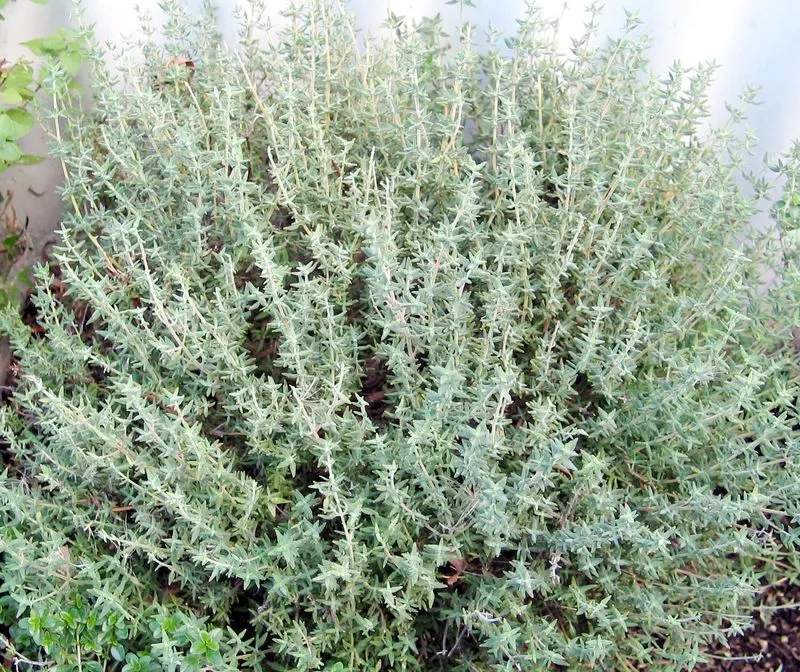
Thyme isn’t just a herb—it’s the earth’s whisper of courage, a subtle yet powerful force in every leaf. Picture thyme spreading across a garden, its tiny purple flowers attracting bees.
In Native traditions, thyme is a symbol of strength, its essence used to bolster courage and resolve. It’s more than just seasoning; it’s a reminder of the inner fortitude.
To smell thyme is to breathe in a quiet determination, a fragrant affirmation of bravery. Embrace thyme, and you embrace a legacy of courage—a fragrant testament to the power of nature’s subtle might and enduring strength.

